One of the first Polish cities I was able to explore was Krakow. Located in southern Poland, Krakow is famous for remaining untouched by the Nazis during World War II, thus having its architecture and history intact. This is in direct contrast to other cities seen on my Poland trip, as cities like Warsaw and Gdansk at times had 85% of the city destroyed. While not necessarily my favorite of the cities I visited, I very much enjoyed by time at Krakow. I would recommend visiting, especially if interested in Polish history. Part of the reason I enjoyed my trip so much was a result of the interesting and beautiful attractions, my favorites of which are listed below.
Old Synagogue
The first landmark I saw when visiting Krakow was the Old Synagogue, the oldest synagogue in Poland. The synagogue was built sometime in the 15th century, but the exterior was later redone in the Renaissance style. What I found interesting about the synagogue was that it was initially only for men, with extra rooms added later for women so they could also be present for services.
The Old Synagogue today operates as a museum. It was a great introduction to learning about Jewish history in Krakow, as the rooms featured information on important aspects of Jewish life, such as marriage ceremonies, diet, important scriptures, and prayers. I was surprised while at the Old Synagogue, as I hadn’t realized how much I did’t know about Jewish customs and history. Learning about the customs and history helped frame the rest of my time at Krakow, especially since the synagogue focused on Krakow Jews.
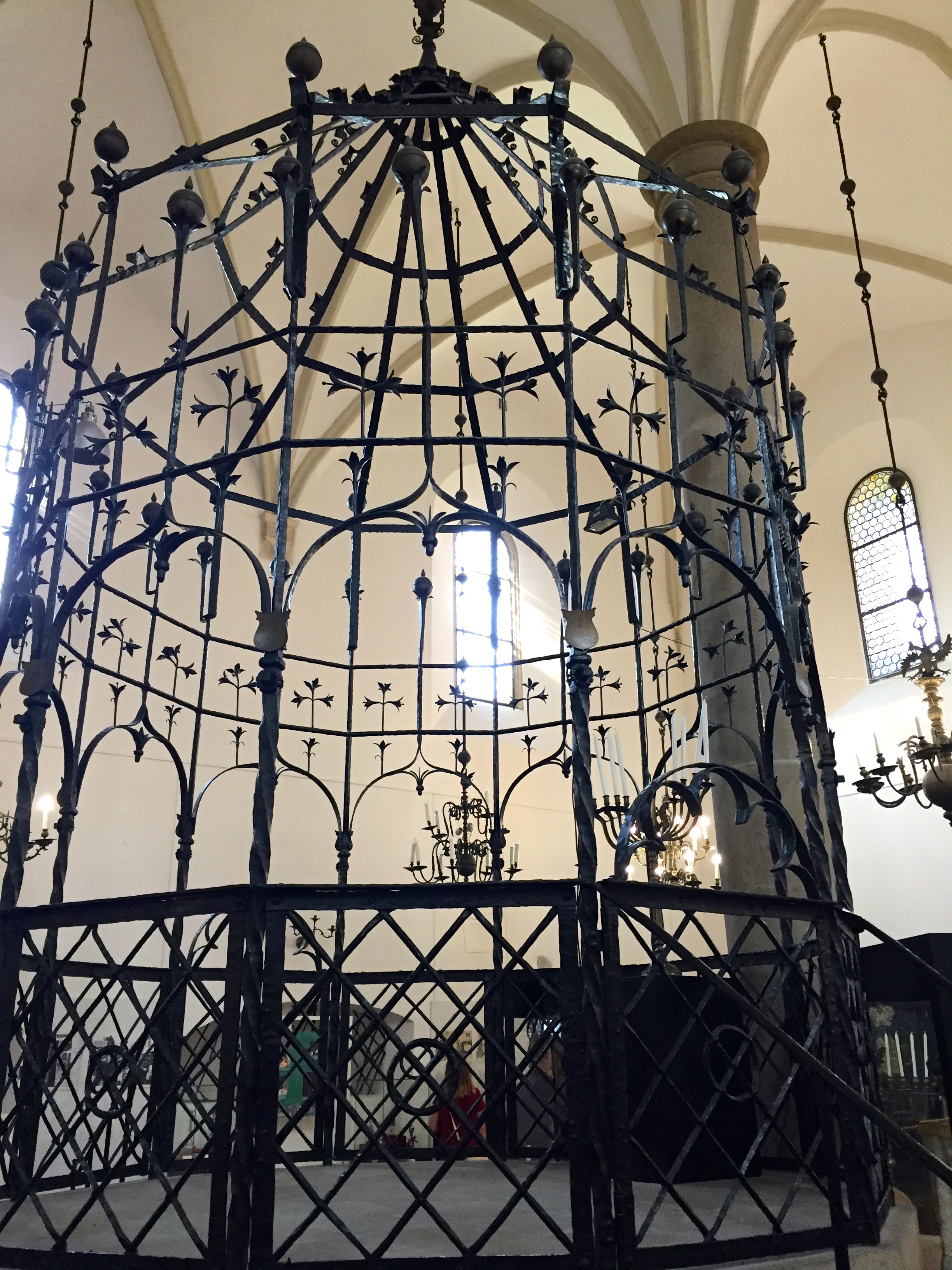
Ulica Jozefa
One of the streets fun to explore with friends was Ulica Jozefa. This street featured interesting street art, many unique restaurants, pubs, and bars, as well as shops for clothing and knickknacks. Our tour guide mentioned that during the school year (due to the 150,000 students attending higher education universities in Krakow) this street in particular is a popular place for nightlife, especially Endzior, a location that has zapiekankas served until the early hours of the morning. Zapiekankas are open faced sandwiches on baguettes with cheese, mushrooms, and other ingredients. While I myself was not the biggest fan, preferring other Polish cuisine, some friends absolutely loved the zapiekankas they had for dinner one of the nights we went exploring.
Isaak Synagogue
I found the Isaak Synagogue interesting not necessarily for its appearance, but for its story. According to legend, the founder of the synagogue, Ayzik Jakubowicz, had a dream where he found treasure under a bridge in Prague. Acting on this he traveled to Prague, where he discovered he wasn’t allowed to dig for treasure, as soldiers were guarding the bridge.
One of the soldiers came up to him and asked what he was doing. He decided to share his dream with the soldier, causing the soldiers to scoff at him and share how he himself had a dream where there was treasure behind the stove of a poor Jew in Kazimierz named Ayzik Jakubowicz, but he wasn’t crazy enough to travel for a dream. Jakubowicz, returning home, discovered that his oven did in fact have treasure behind it, and with the money he built a synagogue.
The synagogue during the 17th century war with Sweden and in World War Two suffered, being stripped of its interior possessions. It in fact wasn’t until a restoration in 1989 with the fall of Communism that it was reopened, and today is a working synagogue.
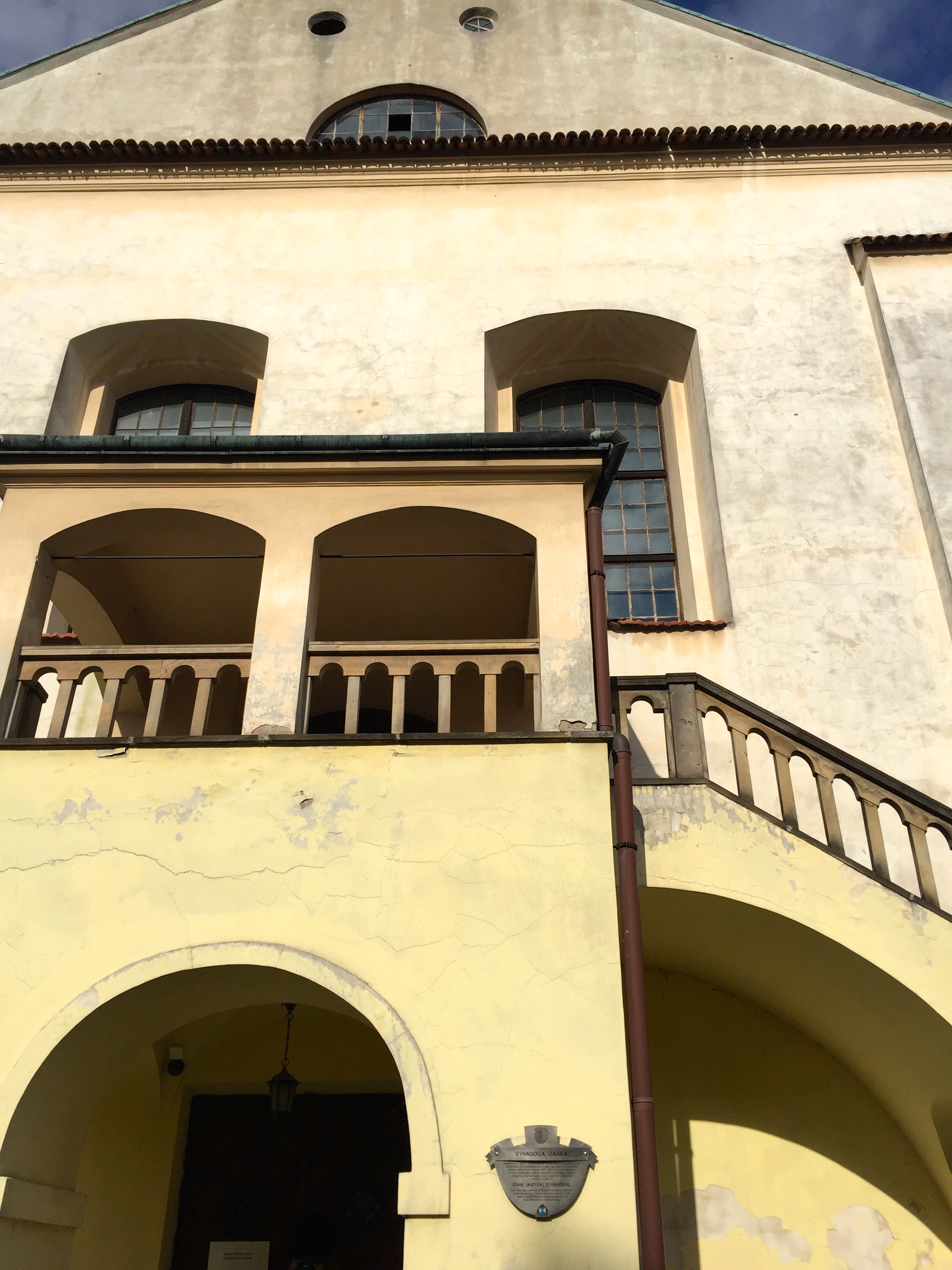
Krakow Ghetto
Across the Vistula River is the Krakow Ghetto, where the Jewish citizens in World War II were forced to live and endure horrors. The ghetto pre-war was an industrial area housing approximately 3,000 people. During the war 17,000 Jews were forced to live in that same location, resulting in apartments with only 200 square feet per person, with many families living in a single apartment. The entire ghetto was surrounded by a wall, which was in the shape of headstones.
During the war, the ghetto was divided into those able to work, and those unable to work. People unable to work were murdered in the liquidation of the ghetto between 1942 and 1943, with the majority sent to Bełżec extermination camp, Płaszów labor camp, or Auschwitz concentration camp. The current location has a memorial to those killed during the war featuring 33 empty chairs located throughout the square and 37 smaller chairs at the tram stop on the edge of the square.
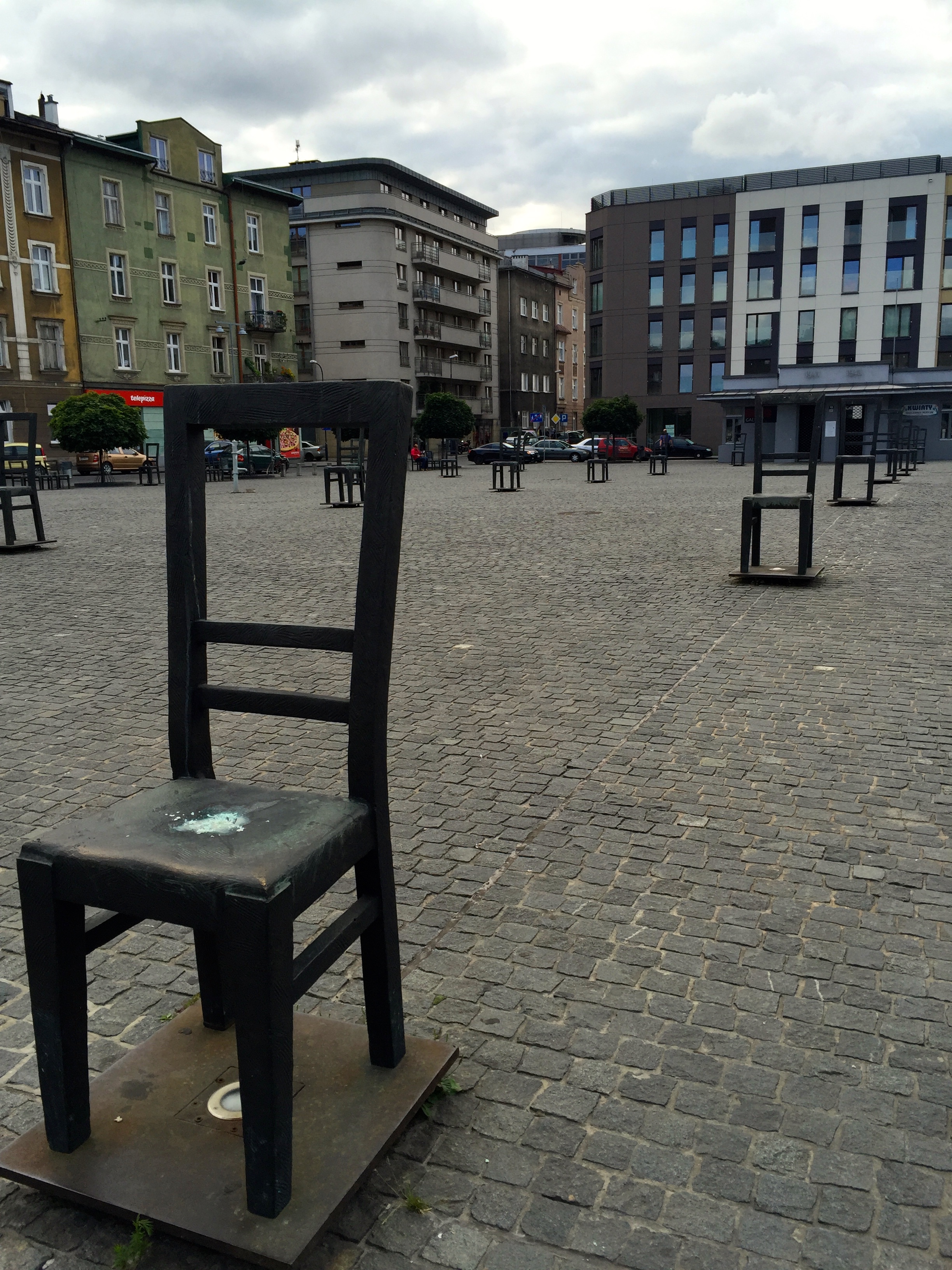
Schindler’s Museum
Oskar Schindler, a Nazi factory owner who saved approximately 1,200 Jews in World War II, is known primarily because of Steven Spielberg’s 1993 movie Schindler’s List. For those interested in learning about Schindler and his contributions to the war, an assumption might be that visiting the Schindler’s Museum would be a great way to get this information. This however is not the case. Schindler’s factory, which is now a museum, is not a museum dedicated to his life, but rather tells the story of Krakow during World War II.
The museum itself is absolutely fantastic regardless. It is one of the most interactive museums I’ve been too, similar to the National World War II Museum in New Orleans. Our tour guide was funny as well, and the immersive atmosphere of the museum truly enriched the history it was telling.
Although not as focused on Schindler himself as I expected, the museum is one of the most engaging tours I experienced in Poland, and I feel as though it is a great place to visit. While I loved my tour guide, I wish I had more time to explore the exhibits, and would consider going back a second time because I enjoyed the museum so much and would love to learn more.
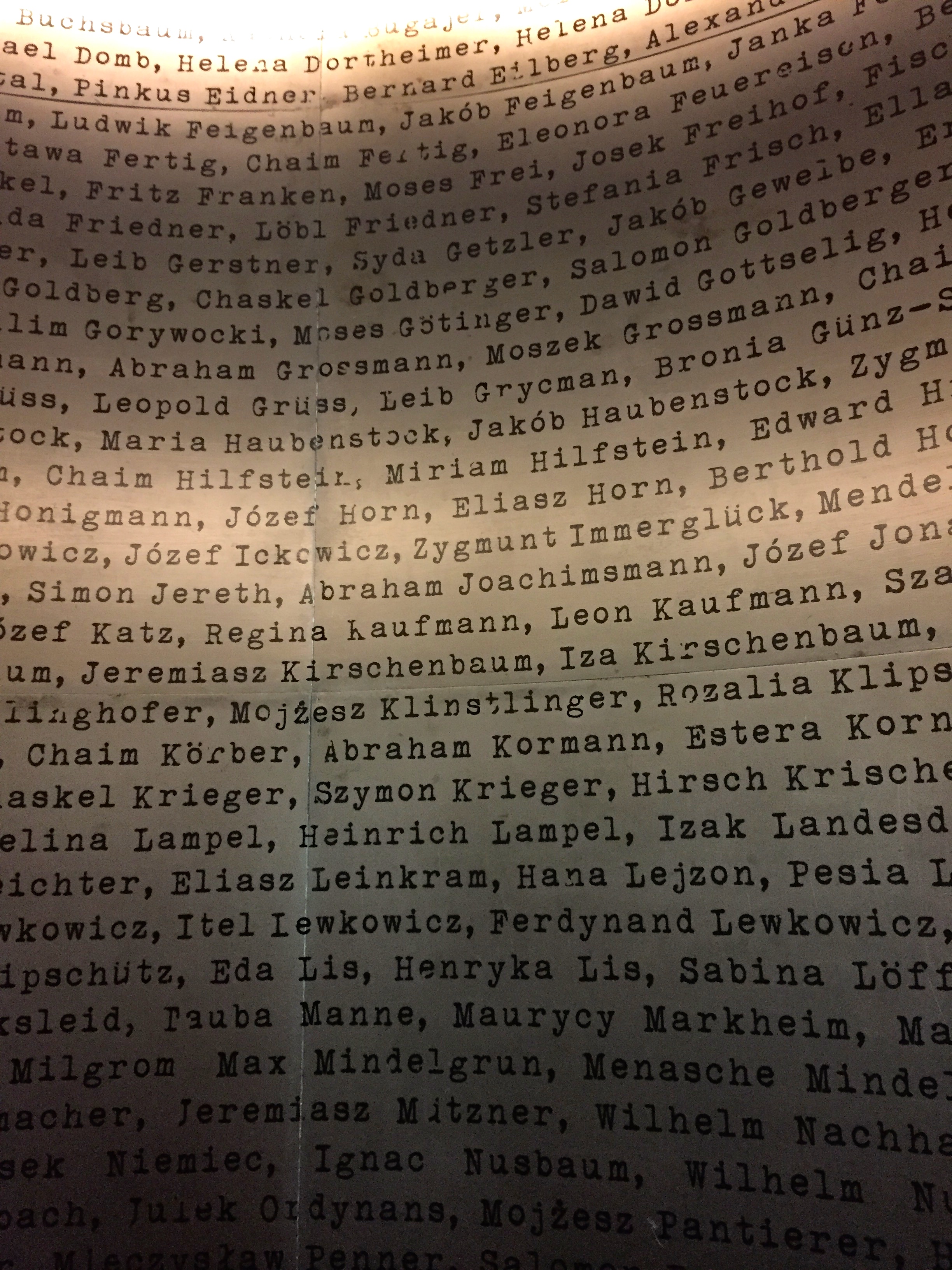
Wawel Hill
One tour I took while in Krakow was to Wawel Hill, featuring the Castle and Chapel. They were built in the 14th century, and are very important in Polish history, as most Polish kings were crowned here, and a significant amount are buried here as well. In more recent history, it is where Pope John Paul II gave his first mass.
The castle tour was interesting, as the art was impressive. In one of the rooms, Peputies’ Hall (also referred to the Heads Home) the ceiling features 30 wooden heads, only a fraction of the 194 initially created. My favorite was the Senator’s Hall, a room surrounded with tapestries depicting one long narrative. Our tour guide said this was very unique to Wawel Castle, as there are few tapestry collections that have entire stories depicted like the one featured in the Senator’s Hall. The art expanded beyond the room decor though – Wawel Castle features an impressive art collection, such as Leonardo da Vinci’s ‘Lady with an Ermine’ which was featured when I visited.
The cathedral was not only beautiful, but historically interesting as well. The center of the cathedral features an alter, the largest Gothic altarpiece in the entire world. What interested me most about the cathedral however wasn’t the altar, the fantastic artwork, or even the crypt where Polish royalty lay, but rather the stories of the saints important to Poland. Two of particular interest were Stanislaus of Szczepanów and Jadwiga of Poland. Stanislaus is the first Polish saint, murdered by the king after expressing his disapproval, which led to the exile of the king, and eventual sainthood for Stanislaus. The other story that interested me was that of Jadwiga, the first female monarch of Poland. When she was 12 she was to be married to the king of Lithuania, but the legend states she only agreed to marry him after divine inspiration and his promise to convert from pagan to Roman Catholic. Because he also had to encourage his people to convert as well, Jadwiga is honored. If I had more time at the cathedral I would have loved to learn about other influential Poles in religious history, but unfortunately my tour had moved ahead.
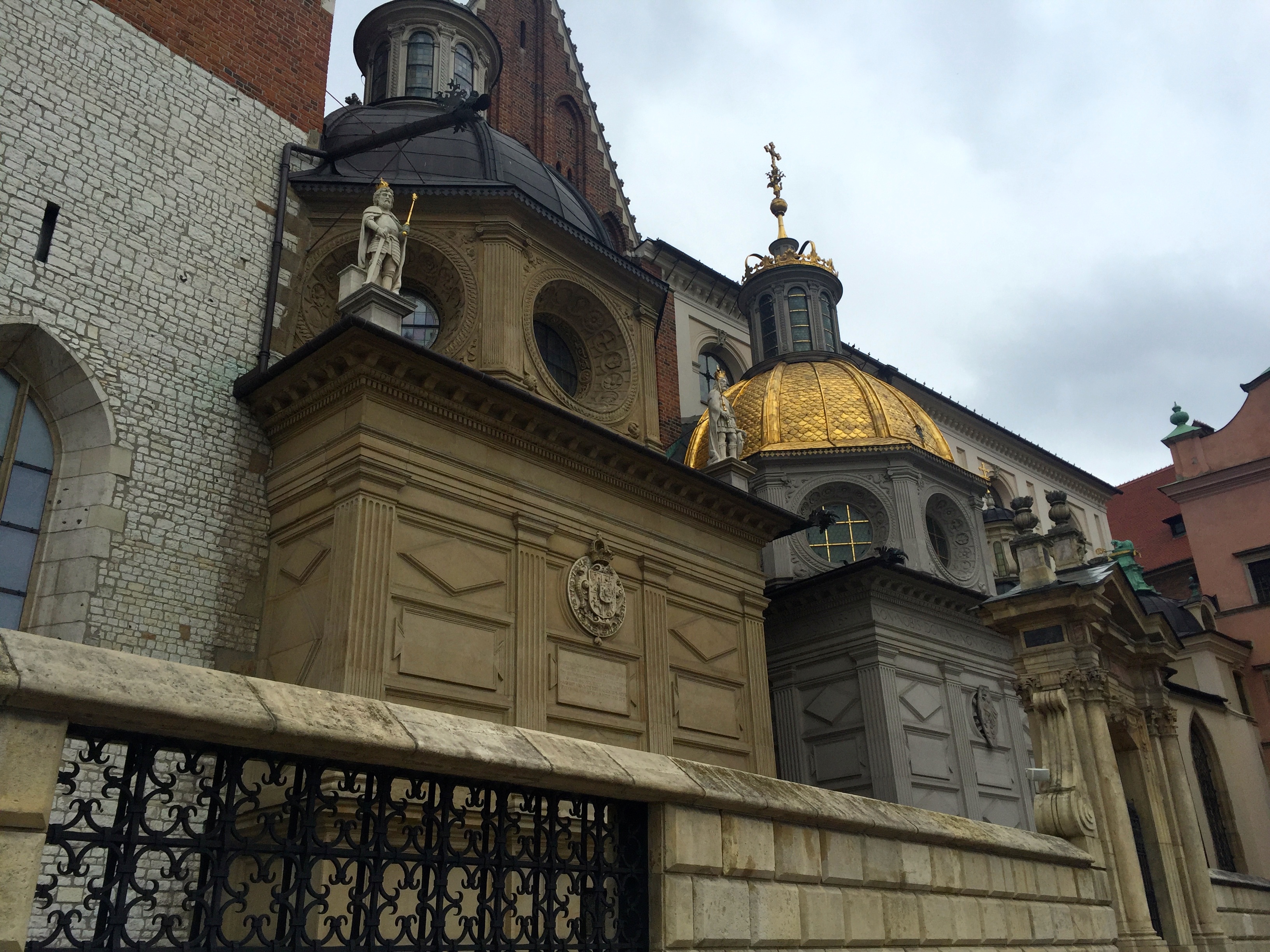
Wieliczka Salt Mine
One of the few UNESCO World Heritage Sites I have had the opportunity to visit was the Wieliczka Salt Mine. The mine, initially opened for business in the 13th century, for visitors in the 18th century, no longer produces commercialized salt thanks to the expense, although it does produce about 15,000 tons of salt a year from the salty water being pumped through the mine alone. The mine as a whole was superbly maintained and fun to explore.
The tour explores approximately two miles below ground, and while it felt as though I was seeing a large percentage of the mine, in fact it was only about 1% due to its vastness. The air in the mine is also good for your health as well, and there are air locks on doors to ensure that it is properly maintained.
The structure of the mine interested me as well. The mine features many chapels and sculptures, including the grandiose St. Kinga’s Chapel which was stunning. What I had trouble wrapping my head around was how everything was made of salt. The floors were made of salt and were only shiny because people constantly step on them, there was a replica of da Vinci’s ‘The Last Supper,’ and the walls were at times covered completely with salt, which we were encouraged to lick on our tour. The salt mine was something completely different than I’ve ever experienced, and a fun way to spend an afternoon.
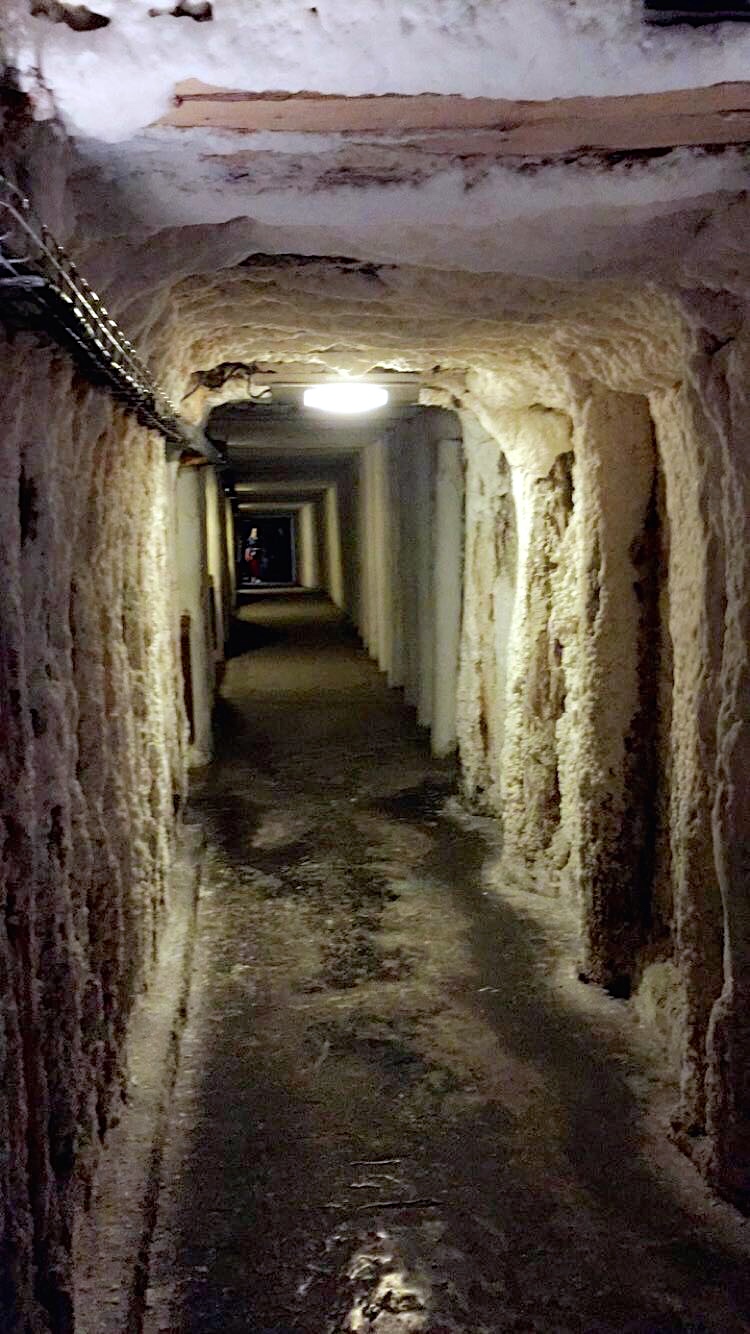
Saint Mary’s Basilica
During a free Sunday evening my friends and I decided to attend a Catholic mass. We were able to observe a mass at Saint Mary’s Basilica, one of the most beautiful churches in Krakow, and the most beautiful in Poland I’ve seen yet. The mass was interesting to me as it was in Polish, and while I do not understand Polish I was able to follow along pretty well. Even if a mass is not of interest, the basilica is a must see. It is absolutely stunning, filled with color, and would be a shame to miss, especially being so close in Main Market Square.
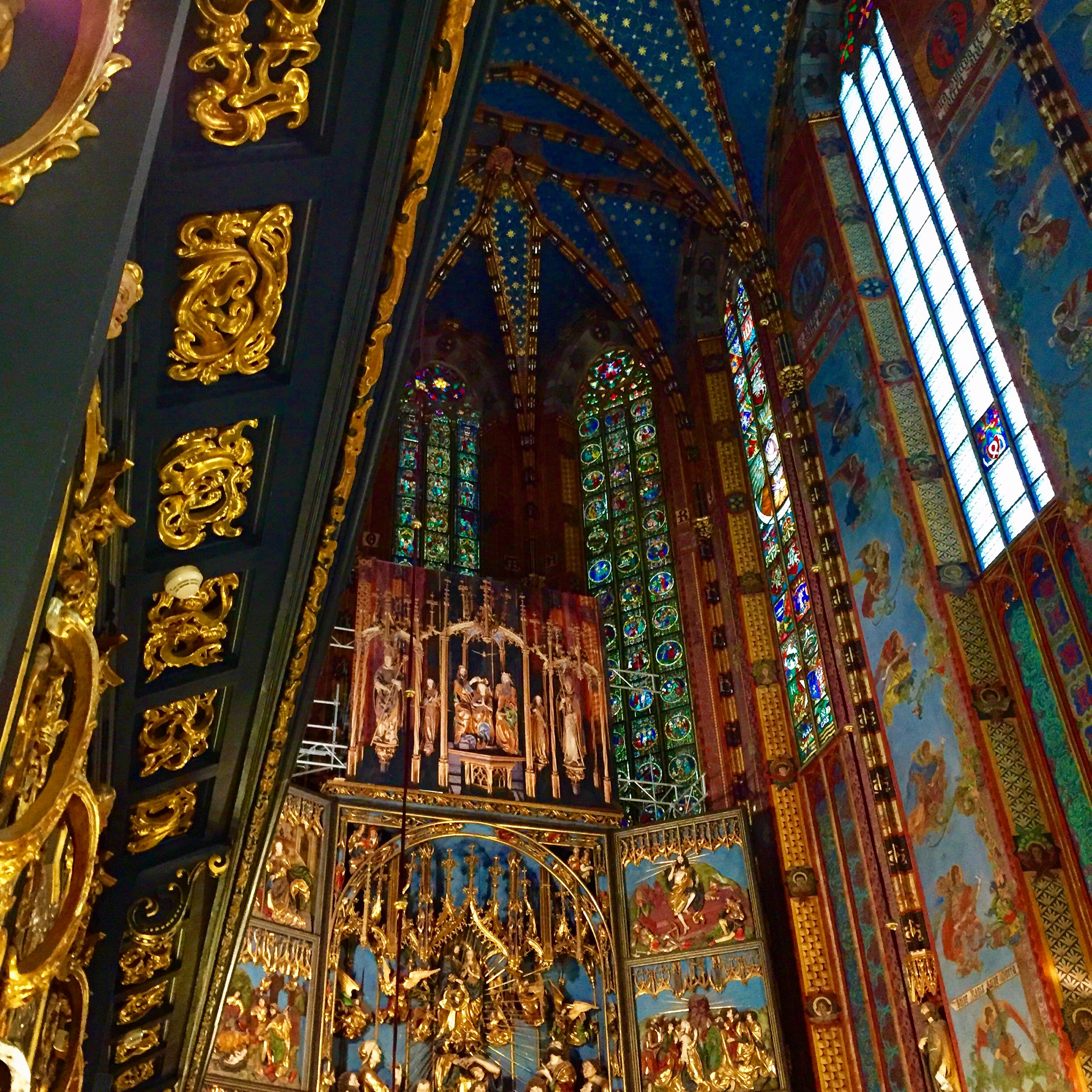
Auschwitz-Birkenau
A must see when visiting Krakow is Auschwitz-Birkenau, one of the most notorious concentration camps. The camp, which is where 1 of every 6 Jews was killed during the Holocaust, is an emotional experience. The museum shows an in-depth look into the horrors of life at Auschwitz-Birkenau, featuring photographs and belongings of prisoners, and includes a tour of a gas chamber and crematorium. Although not the happiest of trips, it will most definitely be impactful. As the quote featured at Auschwitz by George Santayana says, “those who cannot remember the past are condemned to repeat it.” To see what I learned from my tour of Auschwitz-Birkenau click here.
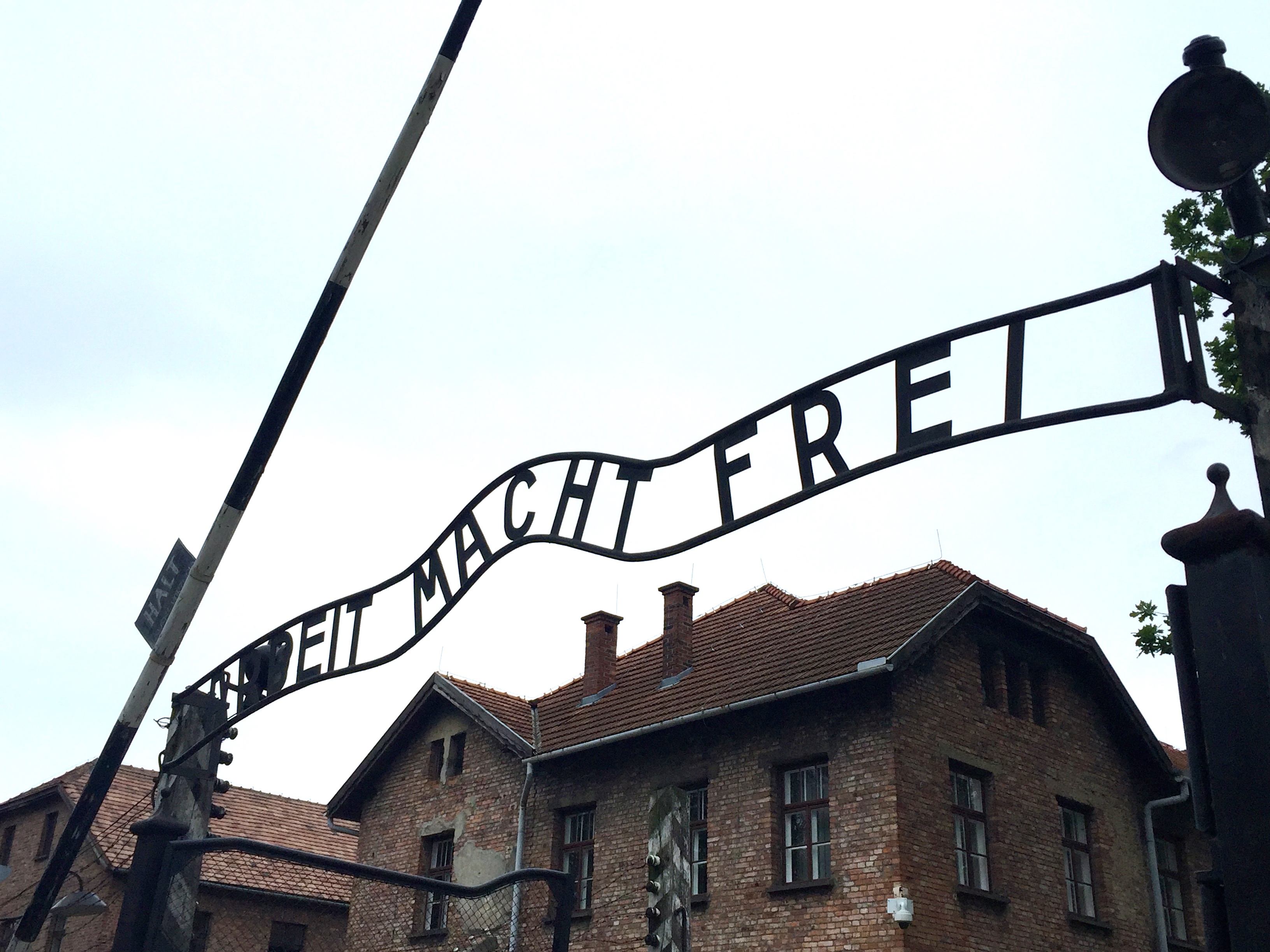
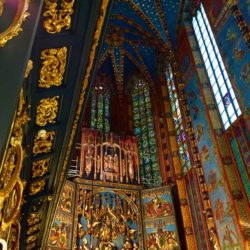
Comments are closed